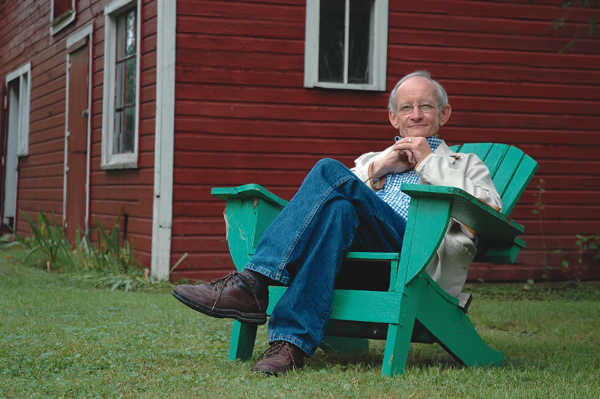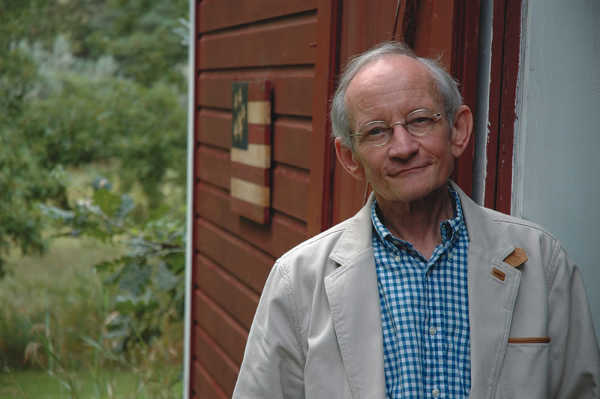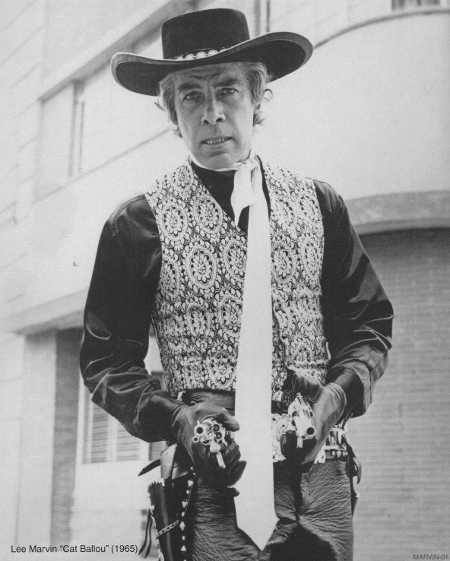- Ted Kooser
- Posted On
American Life in Poetry: Rain Changing to Snow

I'd guess that at least every other person reading this column did at one time, as a child, carry home some animal that he or she wouldn't be able to keep.
Here's Connie Wanek, who lives in New Mexico, remembering her son in just such a moment.
Connie's most recent book is a collection of her "Mrs. God" poems called Consider the Lilies, published by Will o' the Wisp Books.
Rain Changing to Snow
He came home from middle school
with a wet kitten tucked inside
his black leather jacket.
He'd found it shivering in the tall grass
flattened by rain.
It could only belong to him
for fifteen minutes
and it understood that, I think.
Though just a few weeks old,
already it expected disappointment.
Yet it began to purr,
this scrap of cloud-gray fur,
as he drew it forth to show me.
Castaway (its name
he said), so lonely and hungry
after the shipwreck of
another day at school.
American Life in Poetry does not accept unsolicited manuscripts. It is made possible by The Poetry Foundation, publisher of Poetry magazine. It is also supported by the Department of English at the University of Nebraska, Lincoln. Poem copyright ©2018 by Connie Wanek, "Rain Changing to Snow," (2018). Poem reprinted by permission of Connie Wanek. Introduction copyright @2019 by The Poetry Foundation. The introduction’s author, Ted Kooser, served as United States Poet Laureate Consultant in Poetry to the Library of Congress from 2004-2006.











